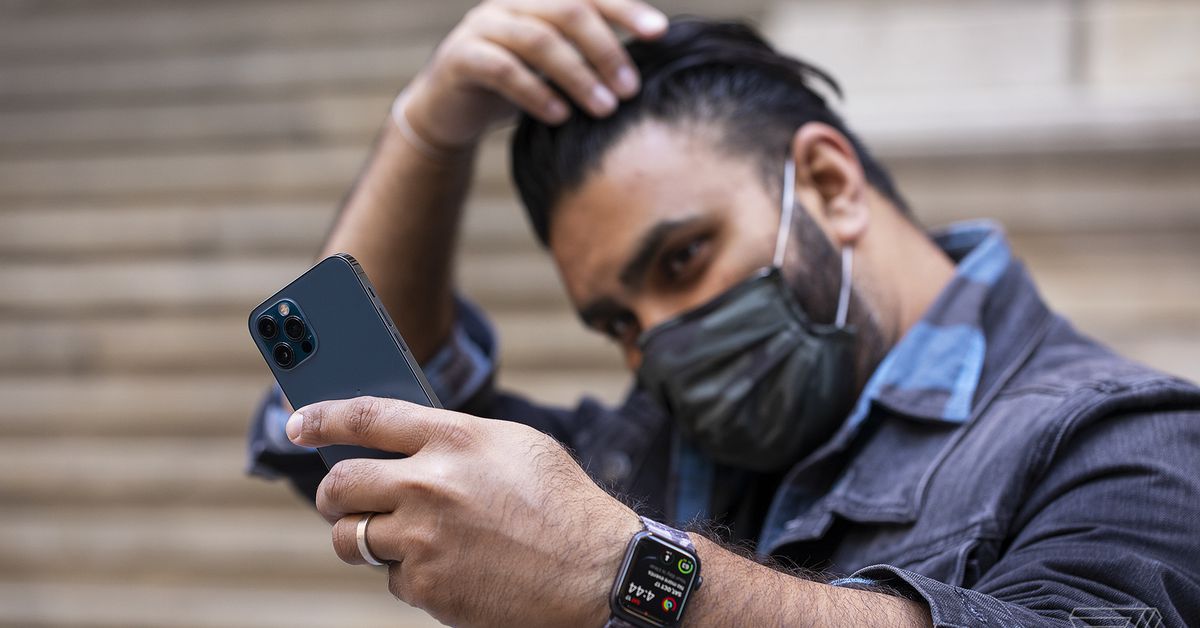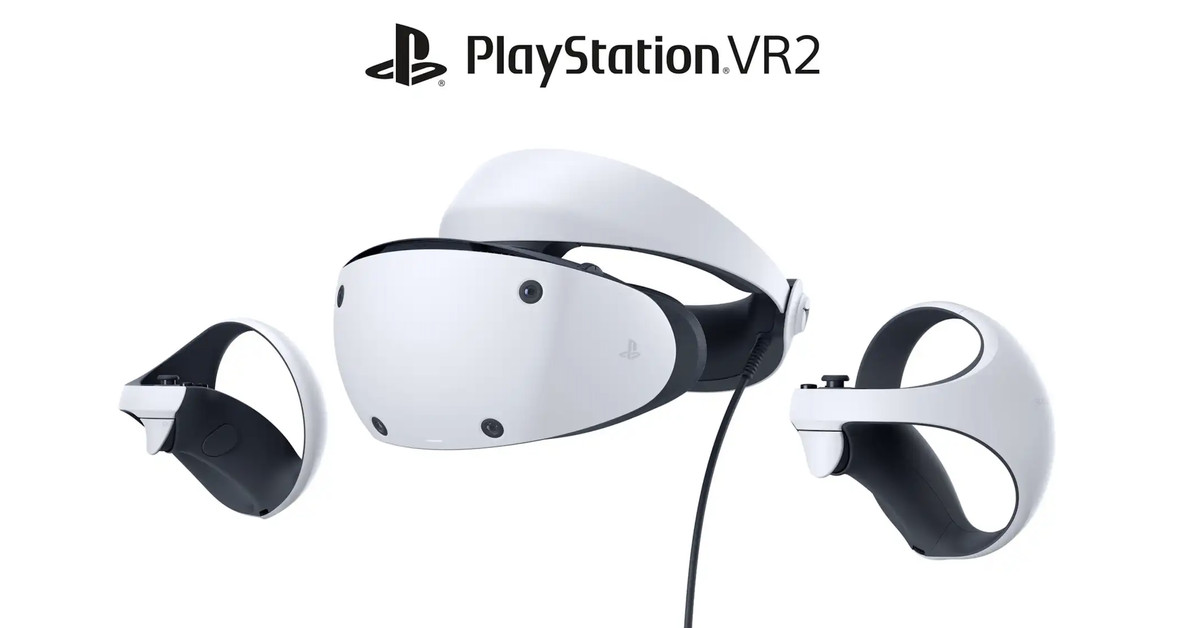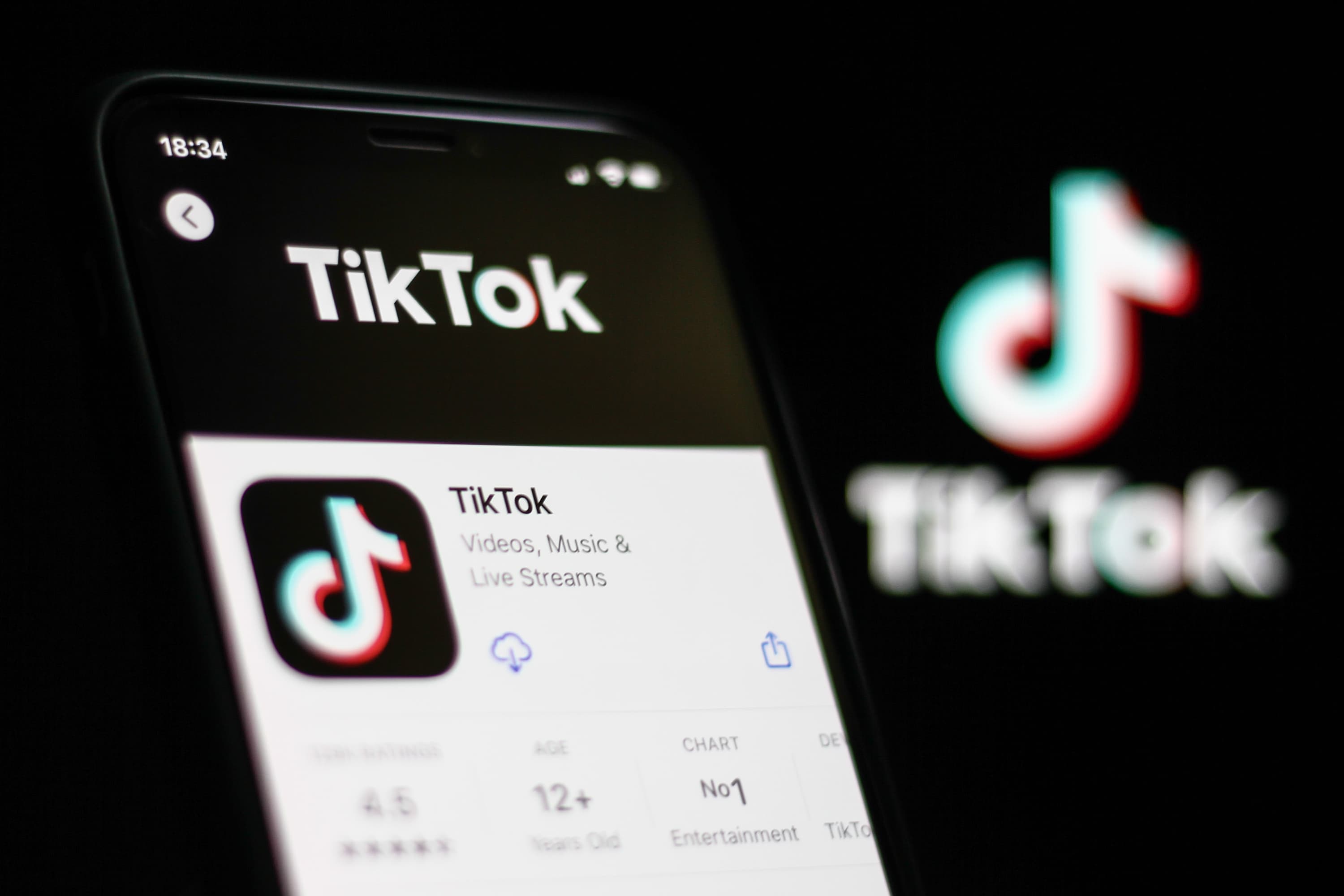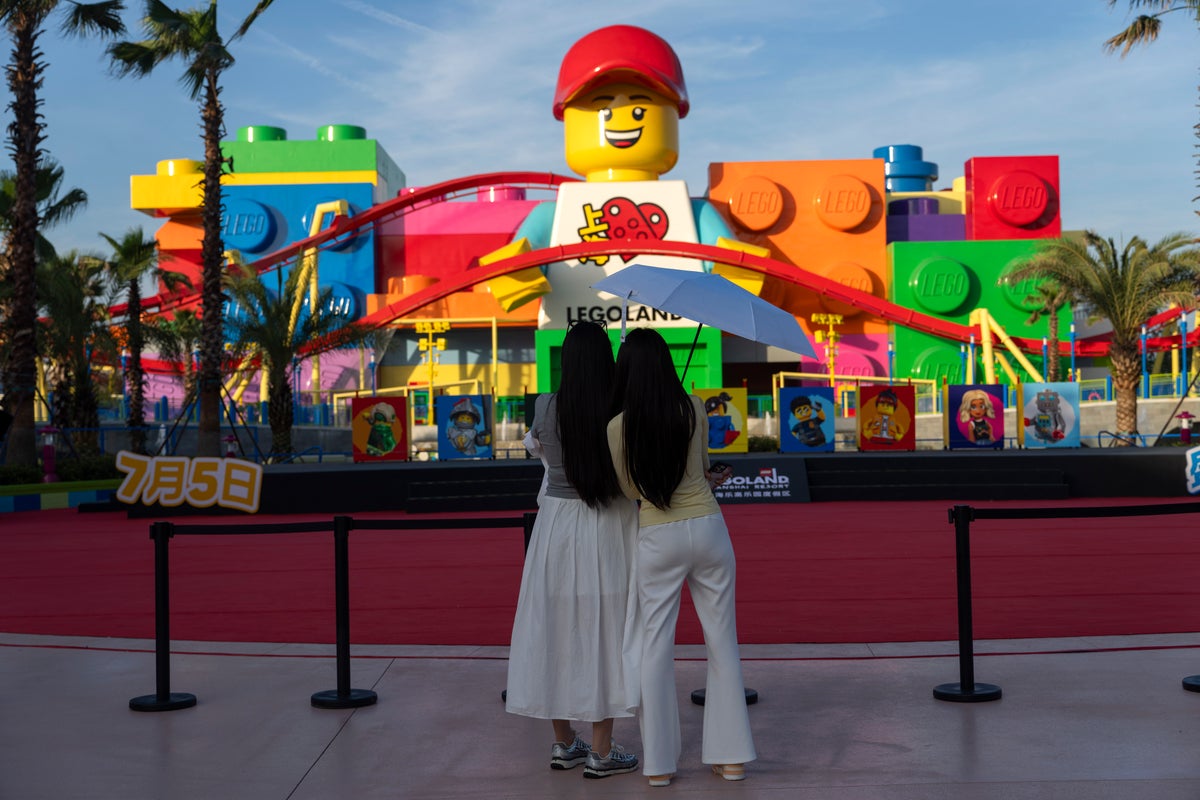Tesla’s Wireless Charging Platform does what AirPower couldn’t
It’s part minimalist, part maximalist, all brutalistThe new Tesla Wireless Charging Platform is a beefy, brutalist multi-device charger. The wireless charging world is littered with options, from established ones like Belkin and Anker to endless no-name brands sold on...
/cdn.vox-cdn.com/uploads/chorus_asset/file/24529216/236584_Tesla_FreePower_charger_ADiBenedetto_0001.jpg)
The new Tesla Wireless Charging Platform is a beefy, brutalist multi-device charger. The wireless charging world is littered with options, from established ones like Belkin and Anker to endless no-name brands sold on Amazon. Many of them have tried to ride in the wake of Apple’s canceled AirPower mat. However, this Tesla charger may be one of the most successful alternatives to Apple’s wireless charging misstep yet, if you can stomach the $300 it’s now selling for on the Tesla store.
The Tesla Wireless Charging Platform is a hefty slab of aluminum that charges up to three devices at once. It weighs 1.6 pounds (747g) or 2.3 pounds (1,026g) with its wedge-shaped magnetic stand attached. Its footprint of 8.6 x 5.1 inches (220mm x 130mm) is similar to folding a letter-sized sheet of paper in half — a pointy, metal paper that probably thinks it can get rich quick with a ChatGPT-powered side hustle. Beneath its Alcantara microsuede-lined surface are 30 overlapping coils arranged in four layers. This means you can just plop your Qi-enabled phone down nearly anywhere within its three side rails without concern for alignment or positioning, as the charger can simultaneously tap up to three coils to create the required magnetic field for charging. Where Apple’s MagSafe uses magnets to ensure perfect alignment, the FreePower tech inside the Tesla charger brute forces its way to achieve charging convenience.
While Tesla contributed the edgy design, the tech side of this charger collaboration is powered by FreePower (formerly known as Aira, creators of Nomad’s old Base Station Pro charger). The angular, direct lines of the Wireless Charging Platform are distinctly reminiscent of Tesla’s big, oft-delayed Cybertruck, with all-black coloring and black-on-black Tesla branding keeping it looking more subtle than its garish four-wheeled inspiration. The included 65W USB-C GaN charger has Cybertruck-like angles itself, making it an adorable little obelisk to plug into an outlet — one that oddly lacks collapsible prongs. Sadly there’s no nod to the Cybertruck’s funniest design element, its windshield wiper, but I suppose you can place a little squeegee beside it to pretend.
Your three simultaneously charging devices could, in theory, be a trio of phones. But with the size of most phones today, it’s likely going to be a pair and some earbuds that juuust fit.
In practice, the ridiculous coil array really does mean you can drop your device just about anywhere and it will start charging. The only dead spots I could find are in the upper corners, though you have to go hunting for them with a small-footprint device, like an AirPods case. It’s a safe bet that whatever you slap onto the Tesla charger is going to sit toward the middle or bottom, where there is full coverage, so those little gaps at the far corners are of little concern.
Even a jumbo-sized phone has plenty of ways it can be oriented and still get a charge.
Of course, charging speeds are mostly what you expect from many Qi chargers these days. Android phones that support it can receive up to 15W, while Qi-compatible iPhones are limited to 7.5W speeds. It’s best to plug your phone in with a wire when you need a quicker juice-up, which makes me wish the Tesla charger had a USB-C port on its rear for handy access to faster output. I assume that was not done because it compromises the clean lines and aesthetic a bit, which is also why its five-foot / 1.5-meter built-in USB-C cable is not detachable. A detachable cable is always preferred, but the Tesla’s flat cable is very discreet and can be easily routed through the wedge-shaped magnetic stand for a clean look, even while elevated at an angle.
1/3
The small white LED on the front shows charge status and is discreet enough to not be annoying while sleeping.
As convenient as the Tesla charger is, I quickly discovered in my testing that even this large surface starts feeling cramped when putting down a couple big phones. My iPhone 12 Pro Max and my wife’s Pixel 7 Pro, in their respective cases, left barely enough space for a pair of AirPods Pro. Since the side walls are narrow at the bottom, the AirPods case gets wedged a little higher up to make adequate contact with the charging surface. It all works fine, but expect to do the occasional Tetrising when three’s a crowd. And while I like the angle the charger sits at while atop its stand, its side walls could be a little taller for better security. I abandoned using the stand after my AirPods, and a phone nearly went careening to the ground after accidentally slipping over the bottom edge (Tesla design strikes again!).
I love the mini-Cybertruck USB-C power adapter, but why on Earth doesn’t its prongs fold down?
The Wireless Charging Platform is a very sleek and robust device that works great for multi-device charging on your desk or bedside table or in a central spot of your home where you and your cohabitants may drop your phone for a charge. But you have to really, really love its design and the geeky cool factor of nonchalantly plopping your devices down anywhere on its surface to spend $300 here and not consider all the excellent three-in-one MagSafe or basic Qi wireless alternatives out there for half as much or even less.
Despite its excellent design and high price, Tesla’s charger can’t help you charge an Apple Watch or other smartwatch. That was one of the key selling points of Apple’s AirPower and why the Zens Liberty had an unsightly growth on its corner to handle a watch. The Tesla Wireless Charging Platform is a cool piece of tech for Tesla superfans, but all us plebs can get the same or more for less elsewhere.
Photography by Antonio G. Di Benedetto / The Verge
Update March 23rd, 9:59AM ET: Added scorecard.

 BigThink
BigThink 































